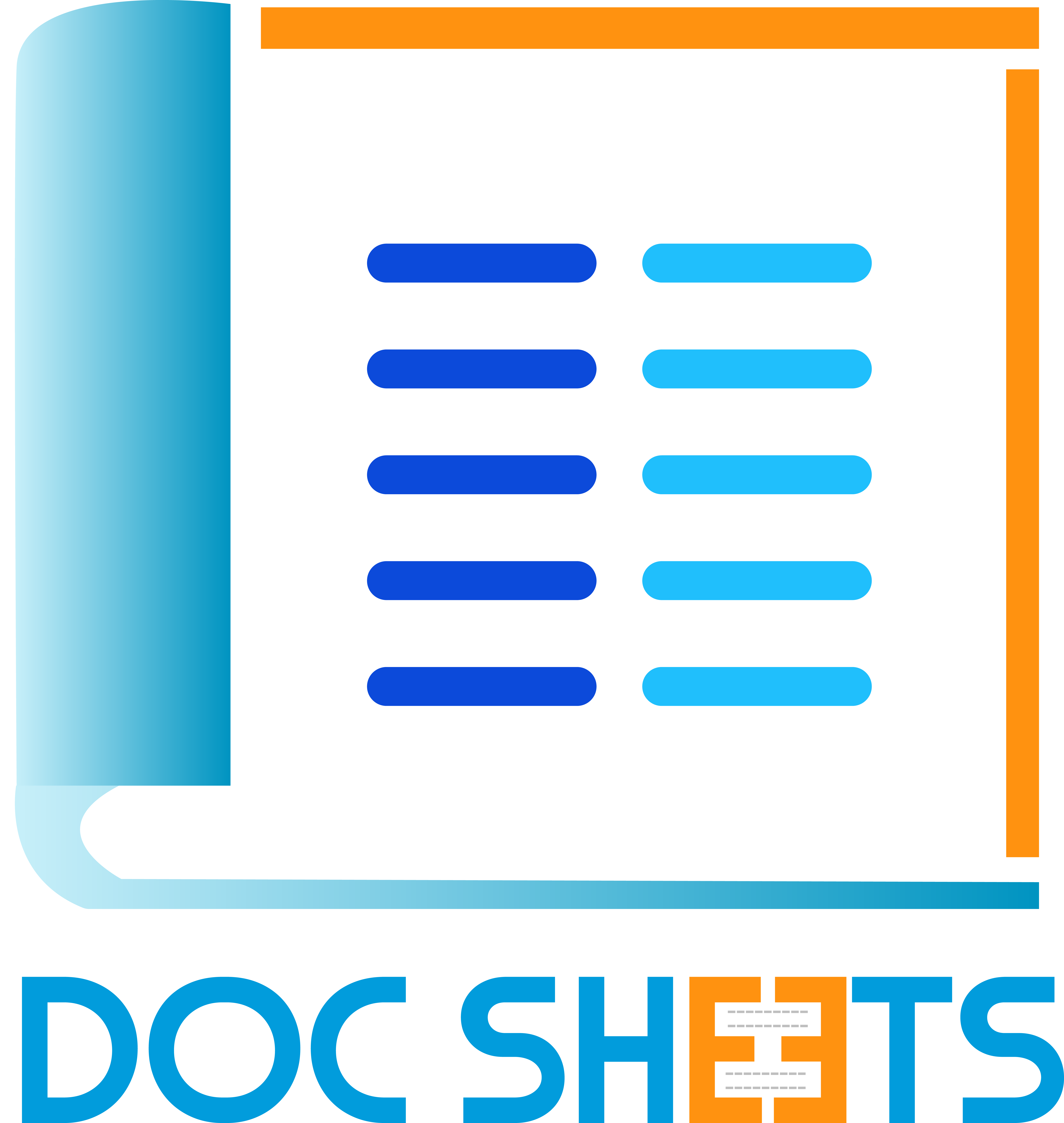The Difference Between Requirements Management Tools For Software And Systems Development
Introduction to Requirements Management Tools
Requirements management tools are essential in software development and systems engineering projects. They vary in form, each designed to meet specific project needs. The key to success lies in selecting a tool that aligns with your project’s scale, complexity, and your team’s expertise. Effective training in these tools is crucial for maximizing their potential and avoiding pitfalls.
Exploring Types of Requirements Management Tools
- Functional Requirements Management Tools: Focus on managing functional aspects, ensuring clarity and traceability throughout the development lifecycle.
- Non-Functional Requirements Management Tools: Essential for managing quality attributes and non-functional aspects, ensuring system performance and reliability.
- User Requirements Management Tools: Specialize in capturing and tracking user-centric requirements, facilitating the creation and monitoring of user stories.
- System Requirements Management Tools: Pivotal in managing overarching system-level requirements, fostering a unified understanding of system capabilities among stakeholders.
Benefits of Utilizing Requirements Management Tools
- Enhanced Clarity and Stakeholder Communication: Centralizing requirements in one location mitigates misunderstandings and aligns stakeholder expectations.
- Boosted Efficiency and Productivity: A unified repository for requirements streamlines information retrieval, saving time and enhancing productivity.
- Improved Quality Control: Facilitates change tracking and ensures stakeholders are informed of updates, reducing errors and aligning the final product with customer expectations.
Distinguishing Between Software and Systems Development Tools
Software development tools typically require handling more detailed requirements and supporting agile methodologies. Systems development tools, however, may not need such flexibility but should accommodate complex interdependencies and offer robust collaboration features, especially for large, distributed teams.
Overview of Leading Requirements Management Tools
DocSheets by Goda Software: Adaptable for agile and waterfall methodologies, making it versatile for diverse project needs.
IBM Rational DOORS Next Generation: Excels in capturing, tracing, and managing requirements throughout the development process.
Explore a comprehensive list of requirements management tools here.
Choosing the Best Requirements Management Tool For Your Project
Selecting the right tool involves considering the following:
- Size and Complexity of Your Project: Choose a tool that can manage the scope and intricacies of your project.
- Team Needs and Stakeholder Requirements: Ensure the tool aligns with the expertise, workflow preferences, and roles of your team and stakeholders.
- Budget Considerations: Balance functionality with affordability, focusing on essential features within your budget.
- Features and Functionalities: Assess specific functionalities needed, such as traceability, collaboration capabilities, and integration with other tools.
- Vendor Support and Reliability: Opt for a vendor known for reliable customer service and timely support.
Conclusion
The proper requirements management tool is pivotal for the success of software and systems development projects. It ensures accurate capture, efficient management, and effective communication of requirements among stakeholders. By considering factors like project size, team needs, budget, tool features, and vendor support, you can select a tool that enhances your development process and leads to a successful end product.
